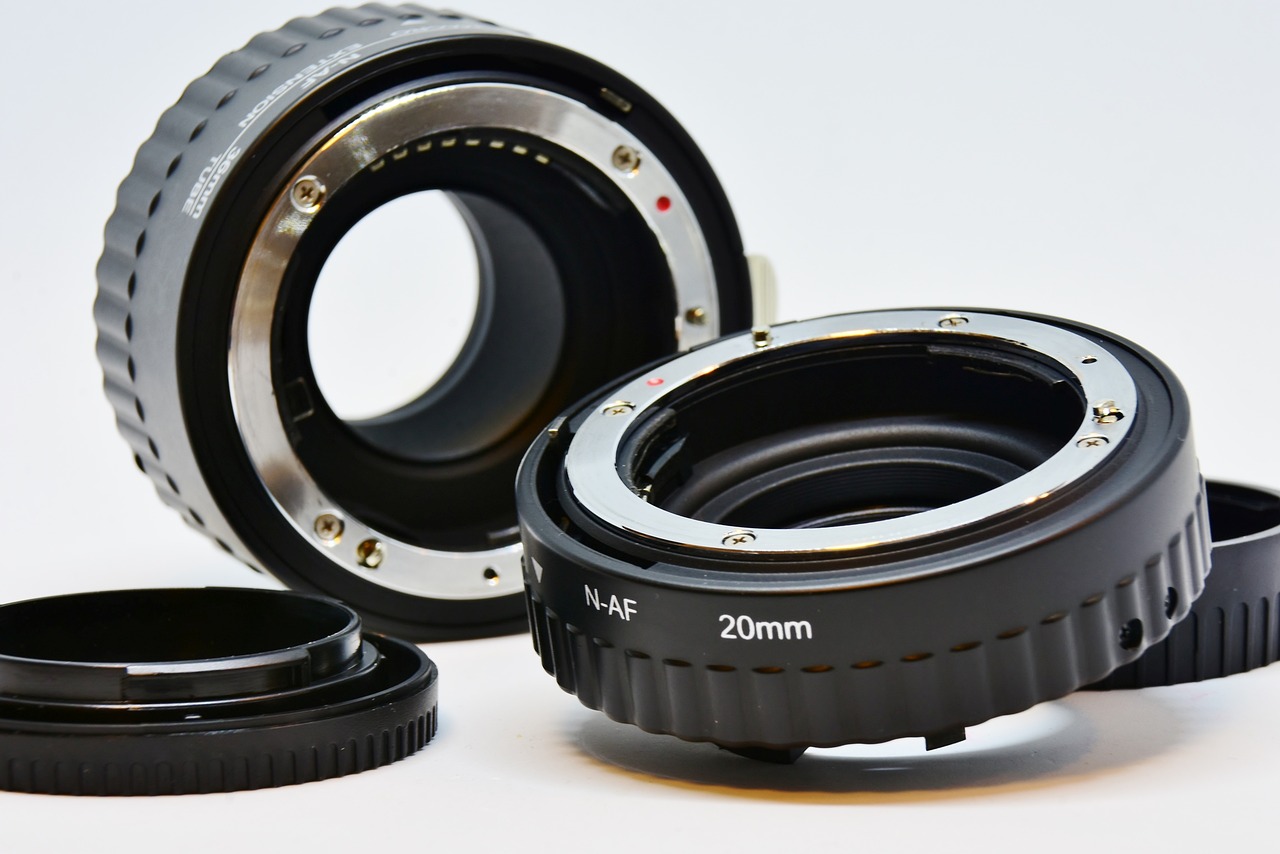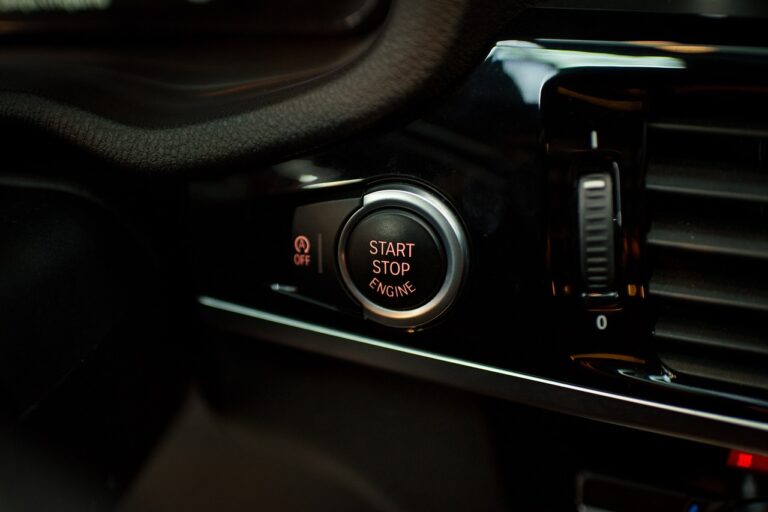The Rise of Advanced Driver-Assistance Systems (ADAS)
Advanced Driver Assistance Systems (ADAS) encompass a range of technologies designed to enhance vehicle safety and driving experience. One key component of ADAS technology is the sensor systems, such as cameras, radars, and lidars, which capture data from the vehicle’s surroundings. These sensors provide crucial information to the system, enabling it to detect objects, pedestrians, and lane markings to assist the driver in making informed decisions on the road.
Another essential component of ADAS technology is the processing unit, which analyzes the data collected by the sensors in real-time. This processing unit uses algorithms and artificial intelligence to interpret the information and make predictions about potential hazards or obstacles ahead. By quickly processing and reacting to changing road conditions, ADAS helps to prevent accidents and improve overall road safety for both the driver and other road users.
Benefits of ADAS in Improving Road Safety
Advanced Driver Assistance Systems (ADAS) play a crucial role in enhancing road safety by providing drivers with innovative features that help prevent accidents and minimize the severity of collisions. These systems use a combination of sensors, cameras, and artificial intelligence algorithms to alert drivers of potential dangers on the road, such as lane departure, forward collision, and pedestrian detection.
By incorporating technologies like adaptive cruise control, automatic emergency braking, and blind spot monitoring, ADAS helps drivers stay vigilant and react quickly to unexpected situations, ultimately reducing the risk of accidents. The real-time feedback and assistance provided by these systems enable drivers to make better decisions and avoid dangerous scenarios, making the roads safer for everyone.
The Evolution of ADAS Features
In the past decade, Advanced Driver Assistance Systems (ADAS) have evolved significantly to enhance vehicle safety and driving experience. One of the earliest features to emerge was adaptive cruise control, which automatically adjusts the speed of the vehicle to maintain a safe following distance from the vehicle ahead. This technology laid the foundation for more advanced systems that utilize sensors and cameras to monitor the vehicle’s surroundings in real-time.
As technology continued to advance, features like lane departure warning and lane-keeping assist were introduced to help drivers stay in their lanes and prevent unintended lane departures. These systems rely on cameras and sensors to detect lane markings and notify the driver if they are drifting out of their lane. Another notable evolution in ADAS is the development of automatic emergency braking, which can detect potential collisions and apply the brakes if the driver does not react quickly enough. These features represent a significant step forward in improving road safety and reducing accidents caused by human error.
• Adaptive cruise control was one of the earliest ADAS features to emerge
• Lane departure warning and lane-keeping assist help prevent unintended lane departures
• Automatic emergency braking can detect potential collisions and apply brakes if needed
• These advancements in ADAS technology aim to improve road safety and reduce accidents caused by human error.
What are some examples of key components of ADAS technology?
Some key components of ADAS technology include adaptive cruise control, lane departure warning, automatic emergency braking, and blind spot detection.
What are some benefits of ADAS in improving road safety?
ADAS can help reduce the risk of accidents by providing warnings and assistance to drivers, improve traffic flow through features like adaptive cruise control, and enhance overall road safety for all road users.
How have ADAS features evolved over time?
ADAS features have evolved to become more advanced and sophisticated, with newer technologies being developed to enhance driver assistance and improve overall road safety. Examples include the development of autonomous driving capabilities and more accurate sensor technologies.







